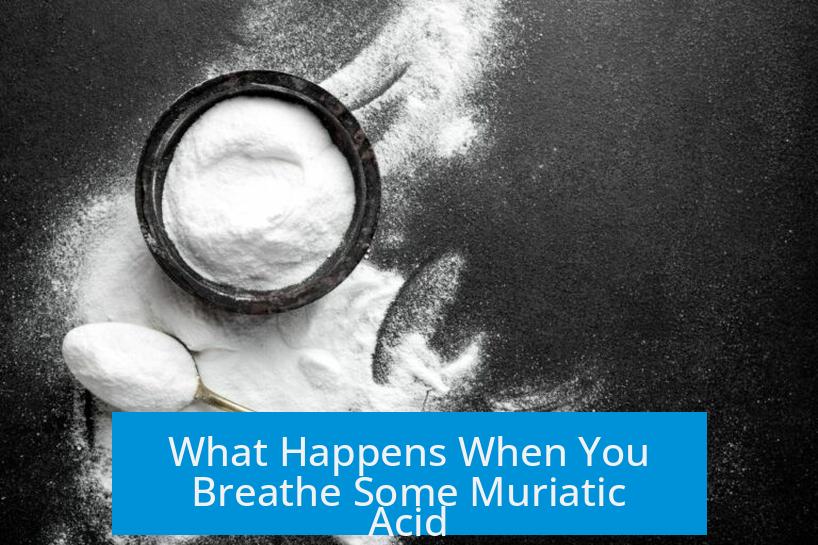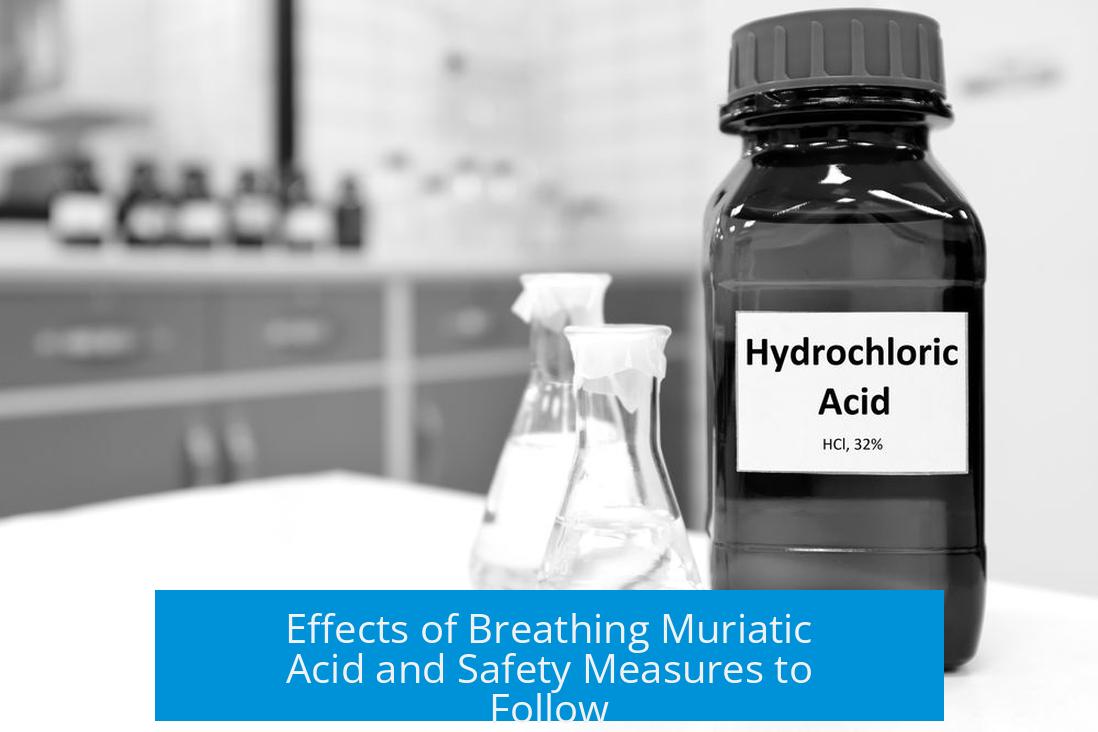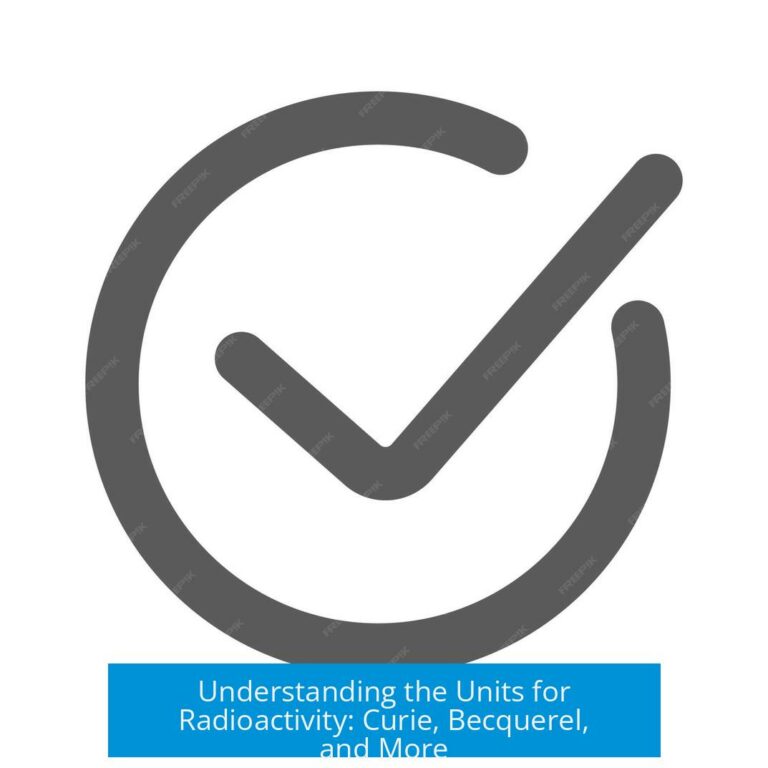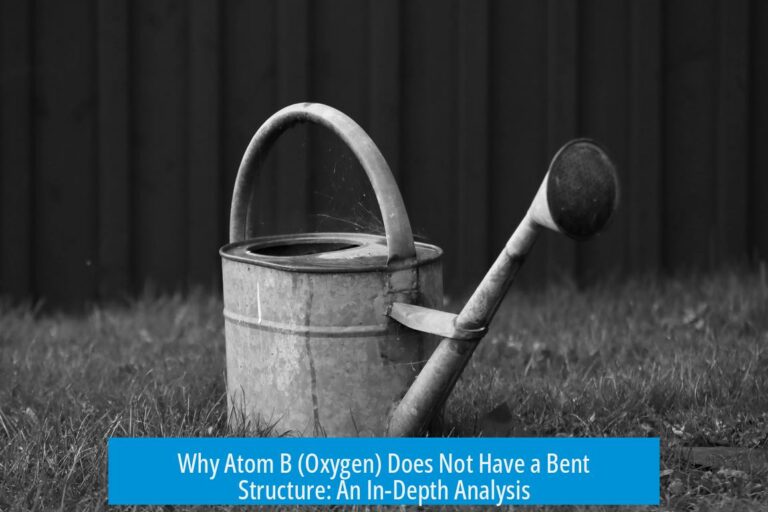What Happens When You Breathe Some Muriatic Acid?

Breathing in muriatic acid vapors causes immediate respiratory irritation, choking sensation, and a strong unpleasant smell. These effects tend to subside quickly upon moving to fresh air, and if symptoms like coughing or wheezing cease within an hour, serious harm is unlikely.
Understanding Muriatic Acid
Muriatic acid is another name for hydrochloric acid (HCl), a highly corrosive chemical. It releases pungent vapors that irritate the respiratory tract when inhaled. Despite being commonly mislabeled as a drain cleaner, it is ineffective for unblocking sinks because it reacts with metals rather than the organic matter causing blockages.
Immediate Effects of Inhaling Muriatic Acid
- Strong, unpleasant odor that triggers retching.
- Choking or difficulty breathing caused by irritating fumes.
- Symptoms appear immediately upon exposure.
- Breathing fresh air swiftly alleviates discomfort.
- If symptoms like wheezing or persistent coughing continue beyond an hour, medical attention is necessary.
When inhaled in small quantities and exposure stops, the body generally recovers quickly. Continuous or heavy exposure can cause significant airway damage.
What to Do After Inhaling Muriatic Acid Vapors
- Immediately leave the area and get fresh air.
- If the acid was spilled on the skin or in the sink, wash thoroughly with large amounts of water to remove any residue.
- Seek medical evaluation if breathing difficulty or other symptoms persist.
- Ventilate the indoor space for several hours (e.g., 8 hours) before re-entry to ensure acid vapors dissipate.
Proper ventilation prevents prolonged exposure to residual fumes, which may linger even after the liquid acid has evaporated.
Skin Contact with Muriatic Acid
If muriatic acid contacts the skin, it can cause irritation and produce an unpleasant patch. This irritation may develop some time after exposure. Immediate washing with plenty of water reduces the severity of skin damage.
Muriatic Acid and Drain Cleaning
Muriatic acid is not recommended for unblocking drains. Its chemical properties favor reacting with metals rather than dissolving organic clog materials. Use of muriatic acid can damage metal pipes, such as steel or copper, worsening plumbing issues.
Safer and More Effective Drain Cleaning Alternative
The preferred alternative to acid-based cleaners is sodium hydroxide, also known as caustic soda or lye. It efficiently breaks down organic materials causing blockages without attacking metal or plastic pipes, although it should not be used with aluminum.
- Sodium hydroxide is highly corrosive and requires safety precautions: thick rubber gloves, safety goggles.
- When dissolving solid sodium hydroxide, always add it slowly to cold water. Never pour water into the solid.
- This dissolution is exothermic and generates heat, so care must be taken to avoid boiling or splashing.
- Concentrated sodium hydroxide solutions can severely damage skin and organic tissues.
Summary of Safety Measures and Recommendations
| Action | Details |
|---|---|
| After Inhalation Exposure | Leave area, get fresh air immediately. Monitor symptoms. Seek medical help if problems continue. |
| After Skin Contact | Wash affected areas with copious water to reduce irritation. |
| Cleaning Sinks/Drains | Do not use muriatic acid. Instead, use sodium hydroxide with proper safety gear. |
| Indoor Ventilation | Ventilate the space thoroughly—at least 8 hours—to remove residual vapors. |
Key Takeaways
- Muriatic acid vapors irritate the respiratory system immediately.
- Fresh air rapidly alleviates initial symptoms from brief exposure.
- Persistent breathing problems require medical evaluation.
- Skin contact causes irritation; rinse with large amounts of water.
- Muriatic acid is ineffective and damaging for drain clearing.
- Use sodium hydroxide (caustic soda) instead, with safety precautions.
- Ventilate indoor areas extensively to remove acid fumes.
What happens if I breathe in muriatic acid vapor?
Inhaling muriatic acid vapor causes a strong, unpleasant smell and may make you retch. Immediate symptoms include difficulty breathing from choking fumes, which usually ease quickly with fresh air. If no wheezing or coughing occurs after an hour, you’re likely fine.
Is muriatic acid effective for unblocking drains?
No. Muriatic acid reacts with metals in the sink rather than clearing organic blockages. It can damage metal parts and does not dissolve usual drain clogs well.
What should I do if muriatic acid gets on my skin?
It may irritate the skin and cause an irritable patch. Washing the area with plenty of water helps reduce irritation. Monitor the area in case symptoms worsen.
How can I safely clean a clogged drain instead of using muriatic acid?
Use sodium hydroxide (caustic soda) instead. It is effective on drains, safe for steel, copper, and plastic pipes (not aluminum), and should be handled with gloves and goggles. Always add solid sodium hydroxide slowly to cold water.
How long does it take for muriatic acid fumes to clear after a spill?
After thorough ventilation, such as airing the space for about eight hours, it is generally safe to re-enter. Washing affected surfaces with large amounts of water also helps reduce lingering fumes.





Leave a Comment